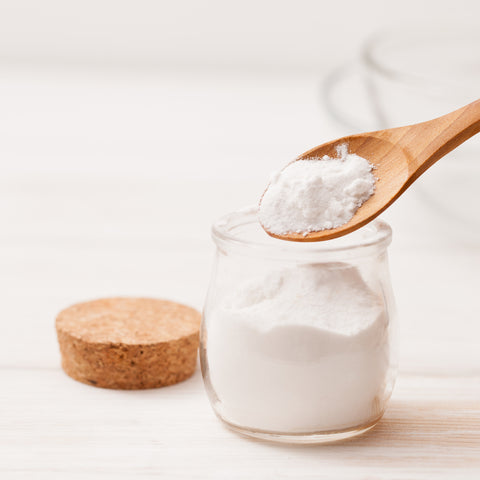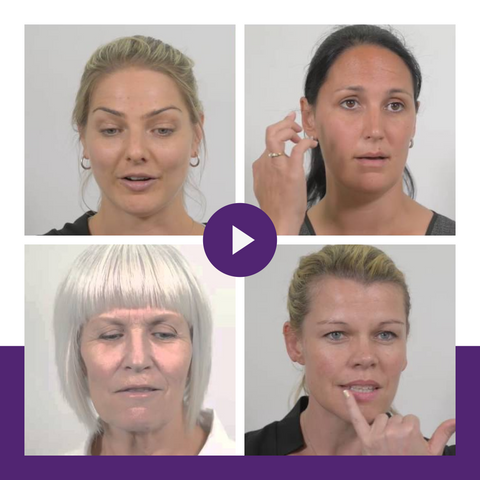Telomeres and telomerase, the words may look similar but are quite different.
“Telomeres” are the cap of each chromosome, protecting the DNA stored inside and were first discovered in the 1930’s. It was in the 1970’s that scientists discovered that the telomere’s shortened as we age, going from 15,000 bases when we are born to around 5000 bases when we die.
For years many scientists looked for ways to slow or even stop the shortening, curious as to whether it would in turn slow or stop the ageing process. No-one knew how or why until the 1990’s when Dr. Bill Andrews lead a team that discovered an enzyme, duly named “Telomerase” that when expressed in your cells, actually re-lengthened the Telomere.
Obviously, there must be a way for our bodies to re-lengthen telomeres. Otherwise, our sperm and egg cells would contain telomeres the same length as the rest of our cells, which would yield embryos that would be biologically as old as we are. Because so much cell division takes place in the womb, our children would then be born much older than us. Humanity could not continue to exist for more than a generation or two if this were the case.
However, our reproductive cells do not exhibit telomere shortening, and show no signs of aging. They are our germ line - the same one that has been dividing since the beginning of life on this planet. And this germ line is essentially, immortal.
The reason this line of cells is immortal is that our reproductive cells produce an enzyme called telomerase. Telomerase has one primary function: to act like an assembly line that adds nucleotides to the ends of our chromosomes, thereby lengthening our telomeres.
In a cell that expresses telomerase, telomeres are lengthened as soon as they shorten; it's as though every time the "telomere clock" inside our cells ticks once, telomerase pushes the hands of the clock back one tick.
Telomerase works by filling the "gap" left by DNA replication. Returning to the analogy of the bricklayer that can't lay the last brick on the brick wall, telomerase would be like an angel that flies in and puts the last brick in place.
Few compounds are known to help express Telomerase in your cells, however a compound known as TAM-818 is still to this day the most powerful telomerase inducer ever discovered.









